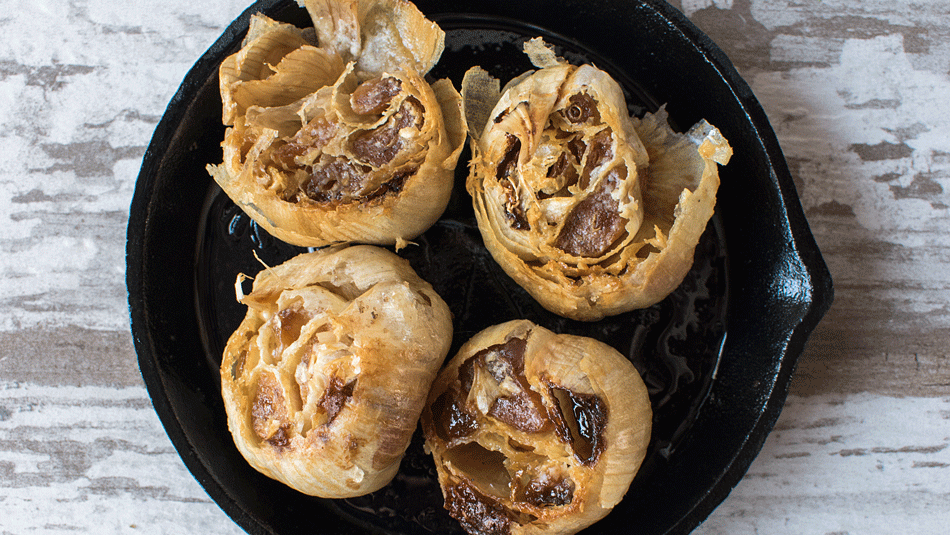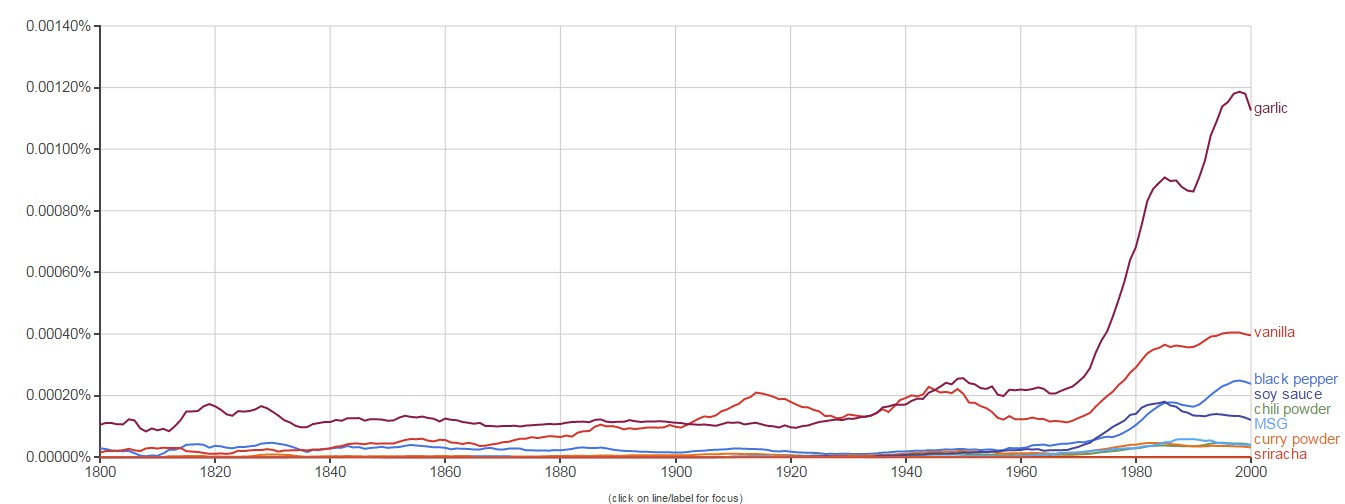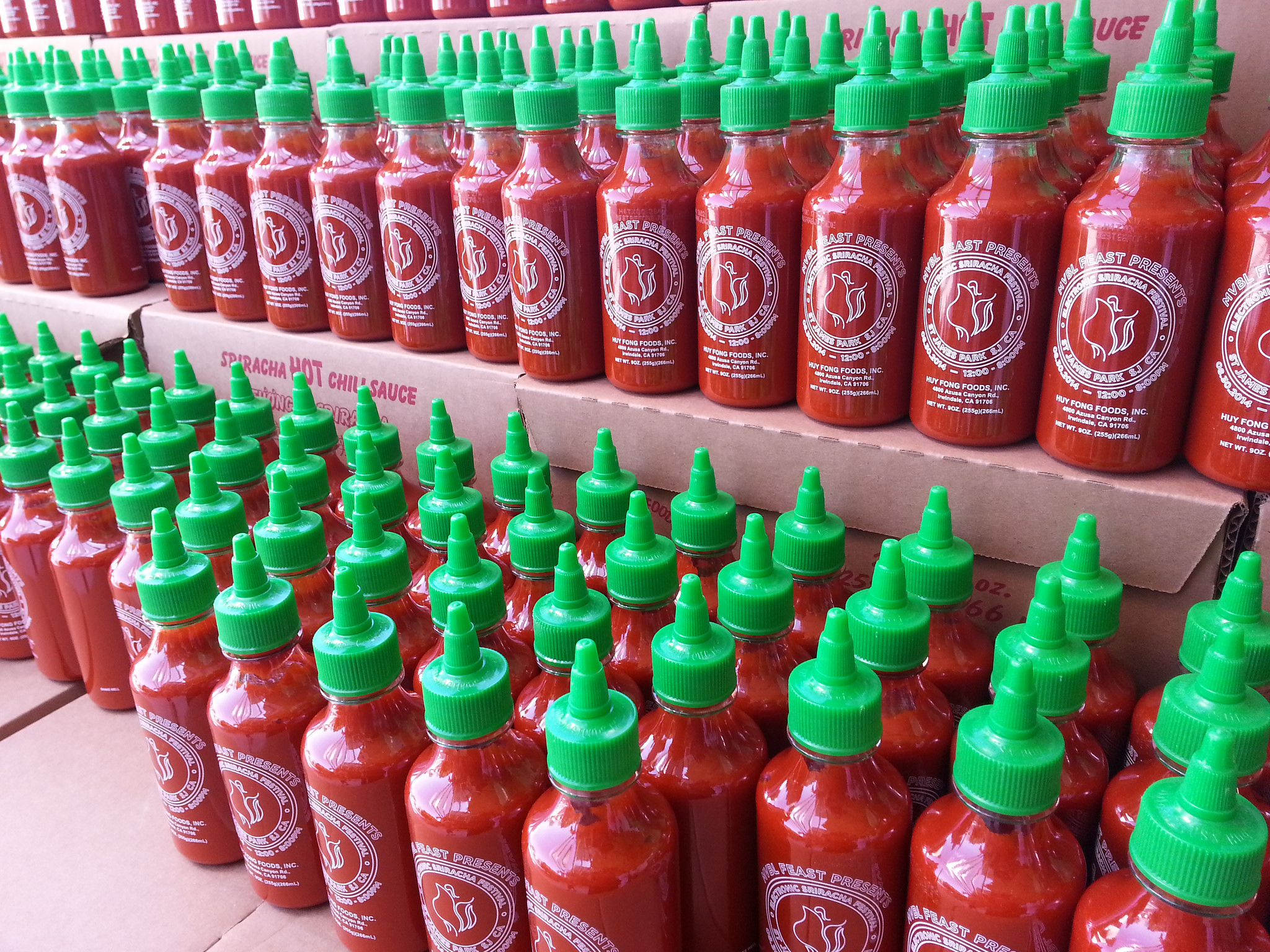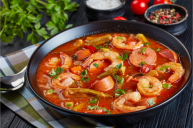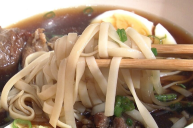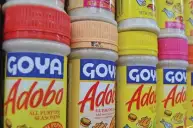International cuisines are defined by their distinct flavors. For example, Italian cooking is known for its combination of garlic, onion, and tomatoes. Hummus and labneh are Middle Eastern staples, while injera and harissa are common Ethiopian and North African ingredients. Your standard mirepoix of carrots, celery, and onion represents classic French cooking, and one might say that the trinity in Louisiana Cajun cooking of green bell pepper, onions, and celery defines American flavors. However, American flavors are tricky to nail down. As a melting pot of a nation, we've borrowed and tweaked from the best of them. So what could be defined as classic American flavors?
In her amazing book, Eight Flavors: The Untold Story of American Cuisine, Sarah Lohman researched the eight most popular flavors in American cooking. She began with Amelia Simmon's American Cookery, the first published cookbook in America in 1796, and covered the eras from there: 1800s, 1850s, 1900s, and 1950s. She chose the most influential cookbooks from these periods and looked for ingredients that created the foundational flavor of the recipe.
Her research is shown below in Google's Ngram Viewer, which is a visualization of the frequency of words in the books Google has digitized, as she wrote on her website, Four Pounds Flour.
Through her research, here are the eight flavors that have never lost popularity in American cooking. They're somewhat surprising and I would bet you have at least five in your own kitchen right now.
8. Sriracha
The newest flavor on the list, Lohman writes that Sriracha saw "a meteoric rise in popularity" since it came on the scene in 1980, and in 2014, Lohman found that bottled Sriracha sales exceeded $60 million, as reported by NPR.
David Tran's story, the creator of Sriracha, is a fundamentally American one. Ethnically Chinese and a Vietnamese refugee, Tran combined Thai and French cuisine to make this hot sauce that is produced exclusively in Southern California.
7. MSG
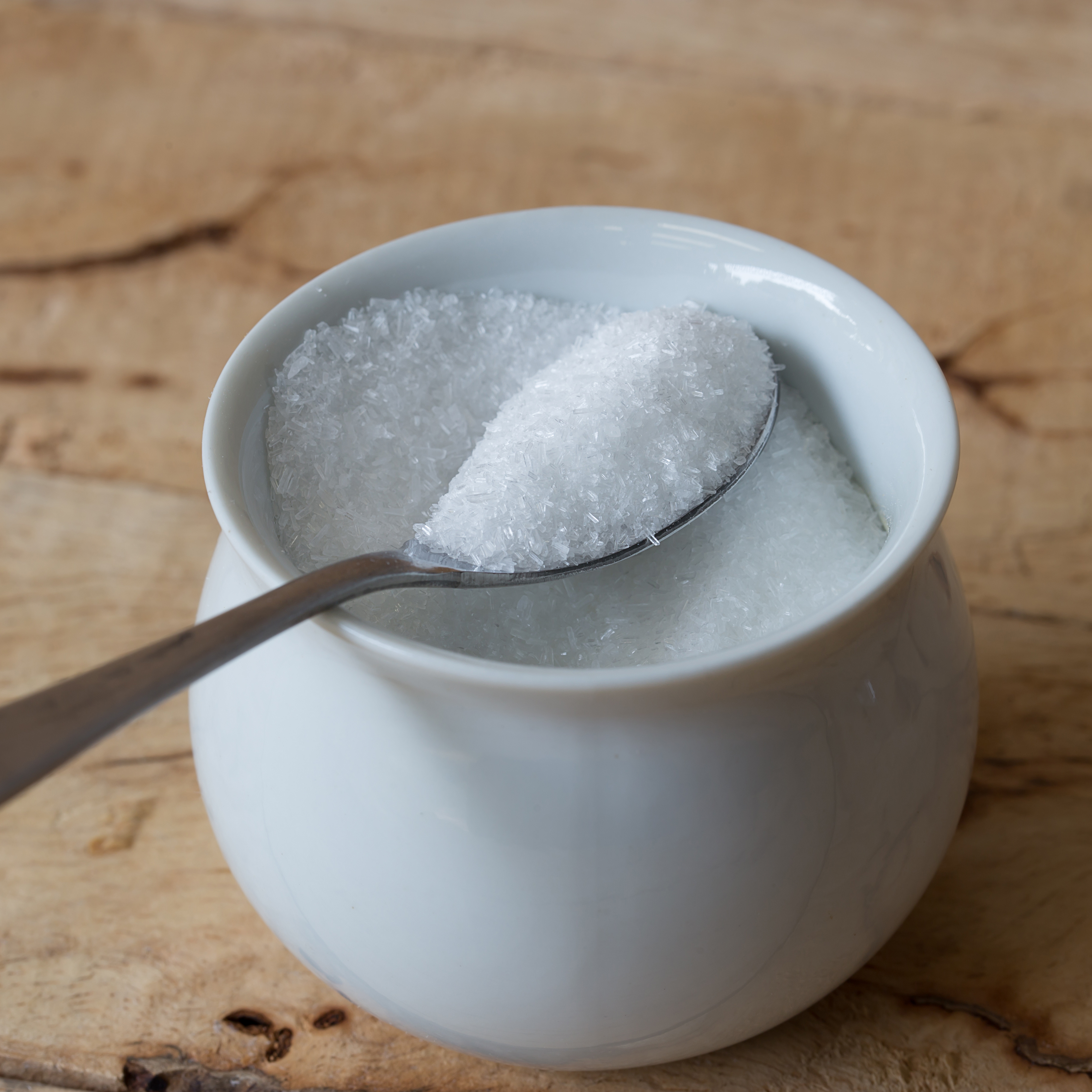
You might think Chinese restaurants when you think MSG, but in truth, MSG was a hit with American manufacturers that produced canned and frozen foods. Campbell's Soup Company, for example, was known to use MSG.
In the last 30 years, our use of the ingredient has declined, but it is still nonetheless one of the most prominent flavors in American cuisine.
6. Soy Sauce
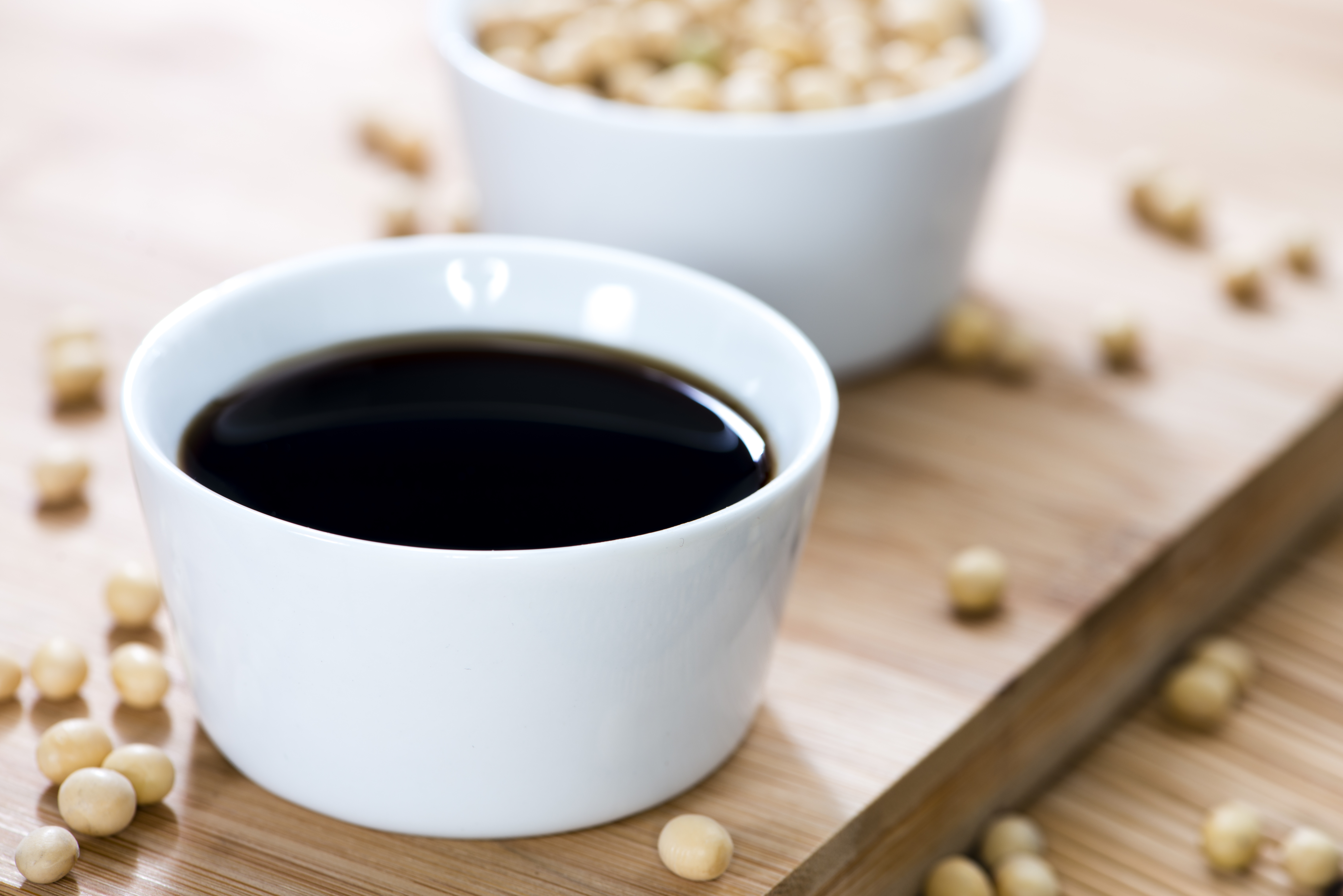
Soy sauce is one of the oldest condiments in the world that's made from a fermented paste of soybeans, brine, roasted grain, and two types of mold that can be used interchangeably.
5. Garlic
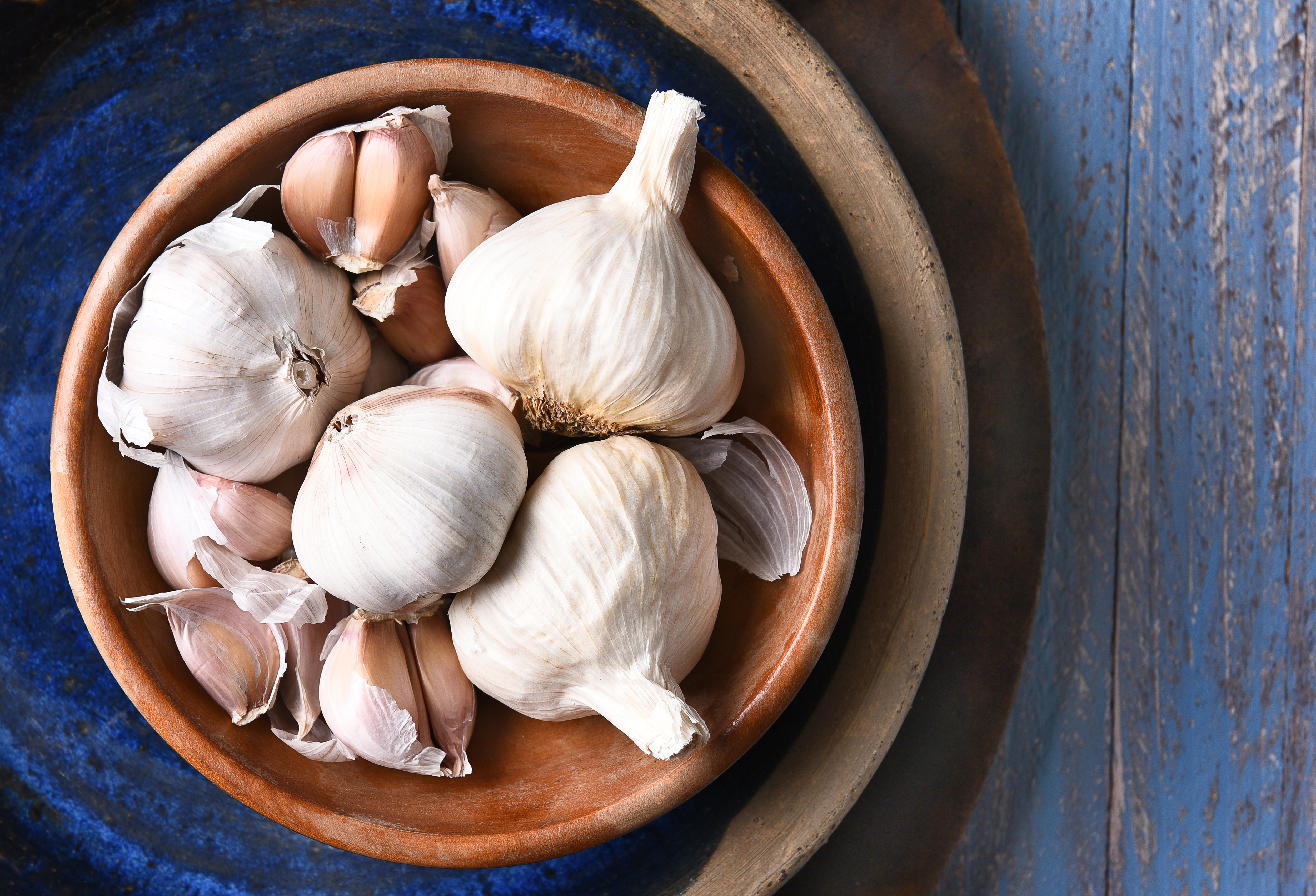
The Italians brought garlic to America during their mass migration from the 1880s to the 1920s and it quickly became a staple ingredient in American homes first along the East Coast, then across the country.
Lohman found that garlic was the most popular of these eight flavors.
4. Curry Powder
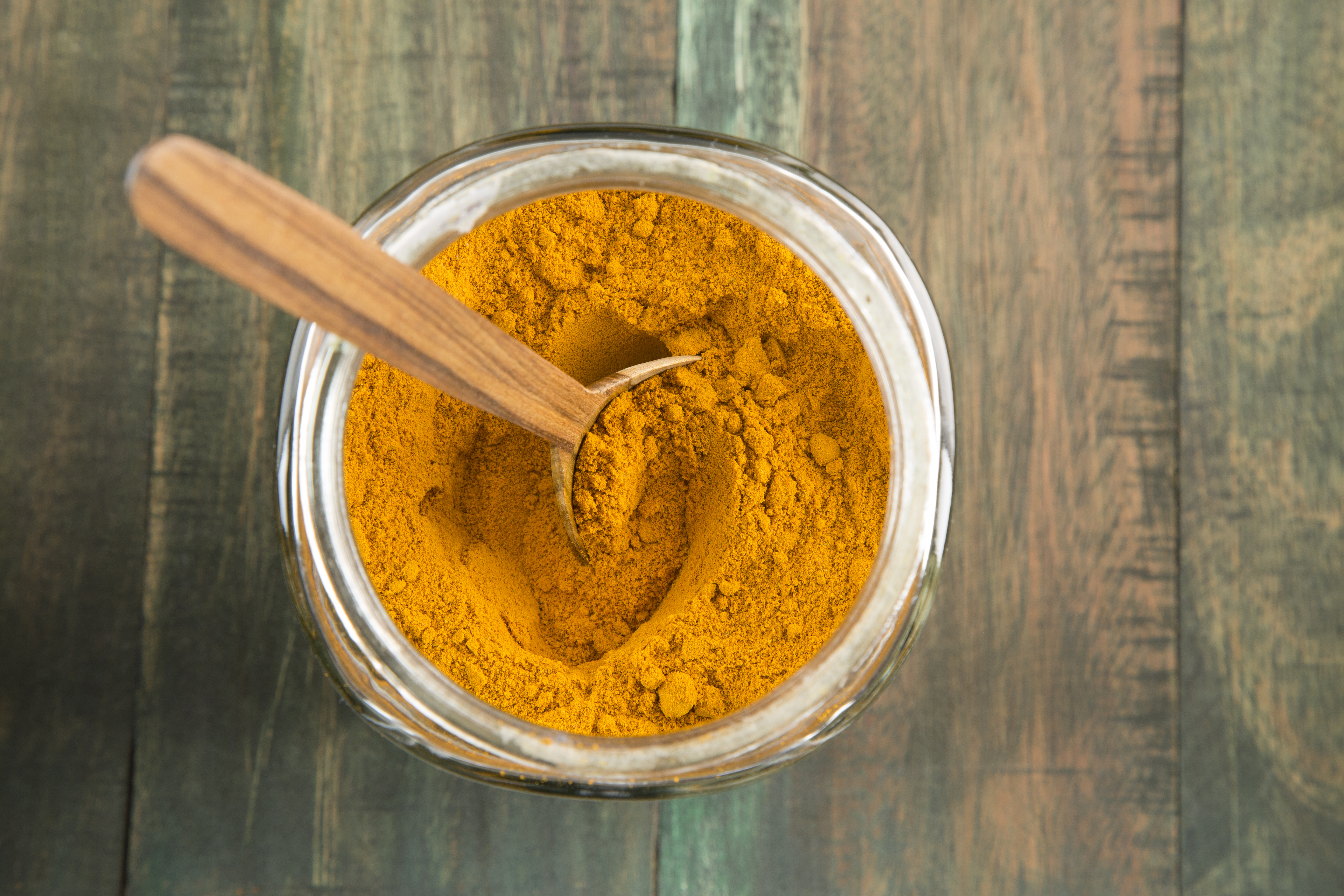
Curry powder reached peaked use in the 1980s, though it has since declined from its initial spike. Curry powder is one of the useful pantry ingredients that might be intimidating at first, but it truly goes well with every meal.
3. Chili Powder
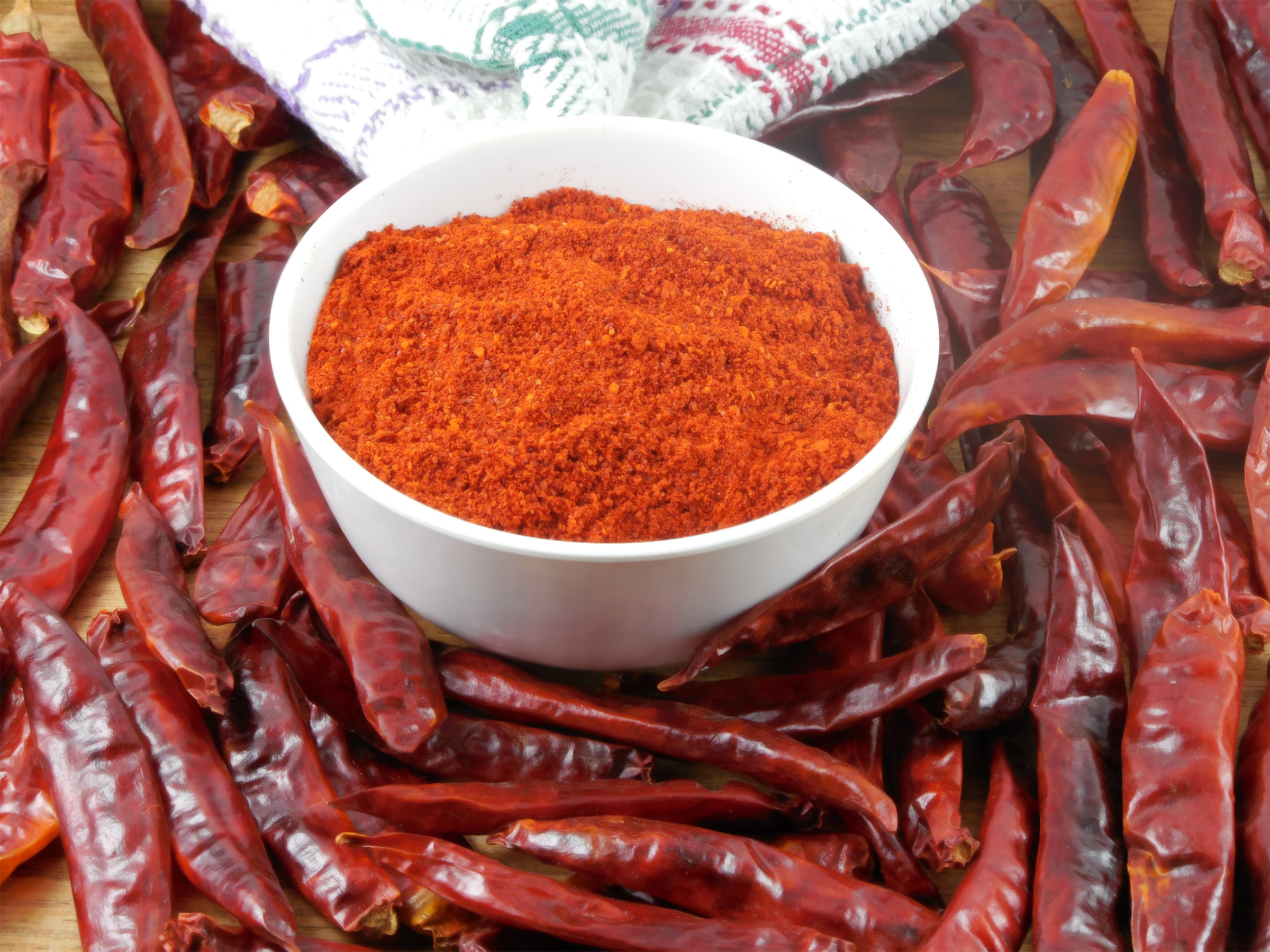
Texans, you can feel proud of this one! Lohman writes, "Chili powder spread across the country because of entrepreneurial Texan-Mexican women who fed soldiers and tourists, and a clever German ingredient who was looking for a culinary shortcut."
2. Black Pepper
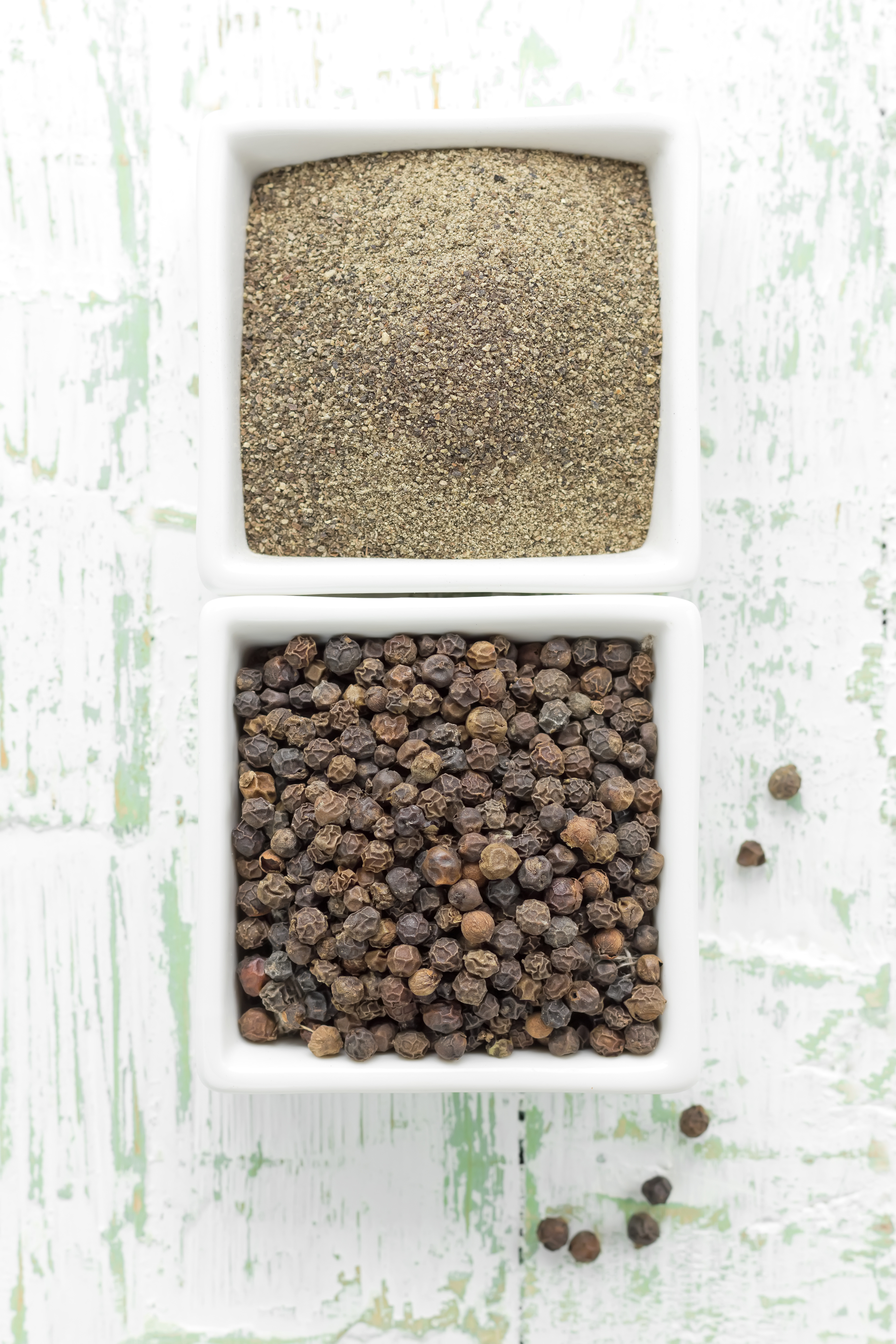
Black pepper was once considered a luxury good in the medieval era, and its widespread use solidified its long-standing use in American kitchens. Take a walk through the different types of peppercorns.
1. Vanilla
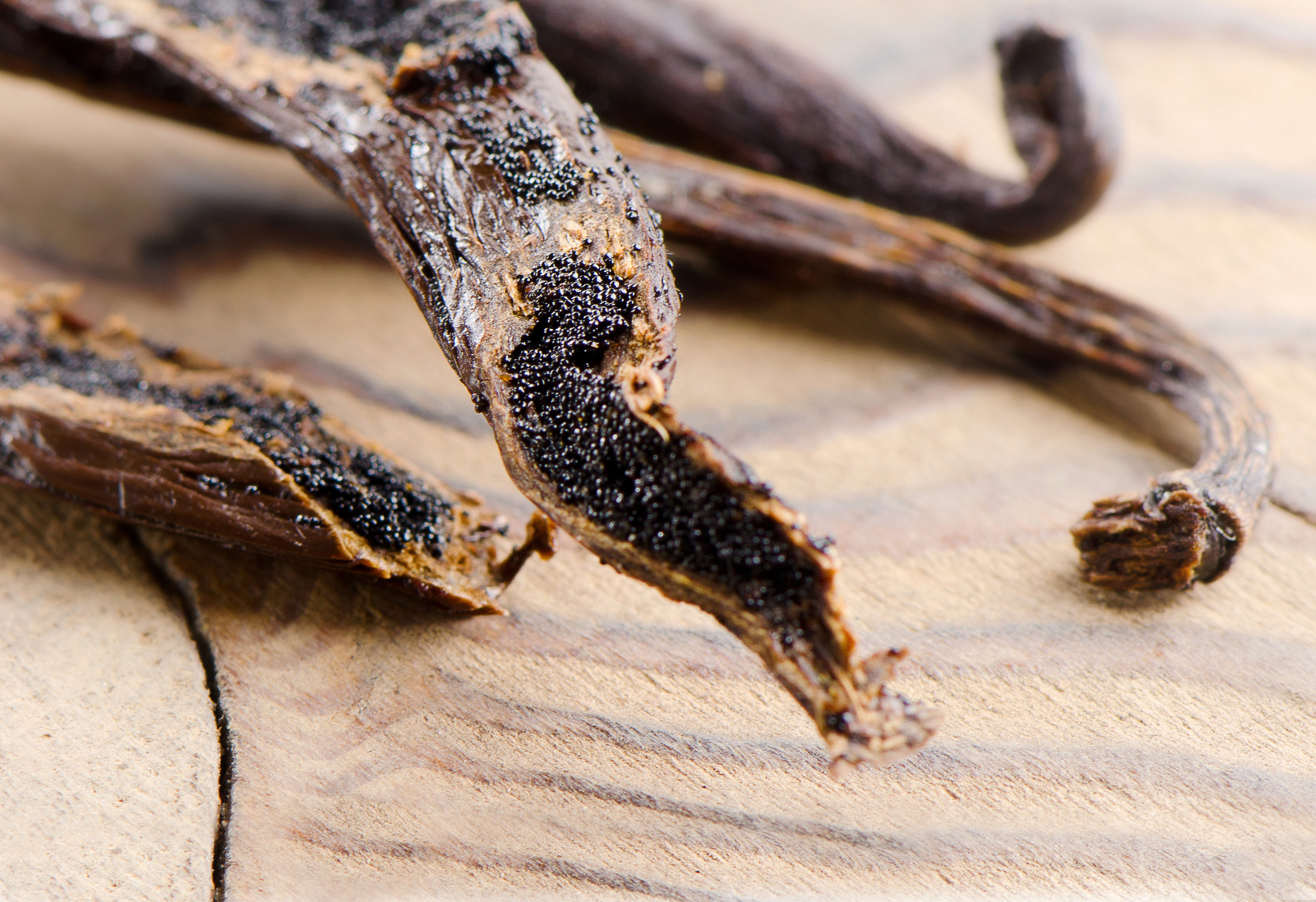
Lohman writes, "Vanilla is here thanks to a 12-year-old slave who figured out a botanical secret no else knew." To learn how to make homemade vanilla extract, check out this tutorial.
